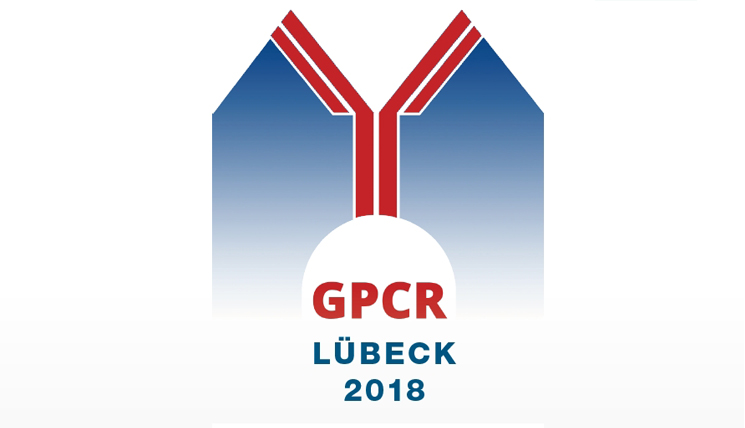„Here, you don’t stop learning and you can develop new skills“
Anika Z. has decided to leave EUROIMMUN. In this interview she describes her time here and why she is leaving. Please introduce yourself briefly. My name is Anika. I was born in November 1988 and live south of Schwerin. I worked at EUROIMMUN in Lübeck for 3 ½ years. Sadly, you are leaving EUROIMMUN. What […]





